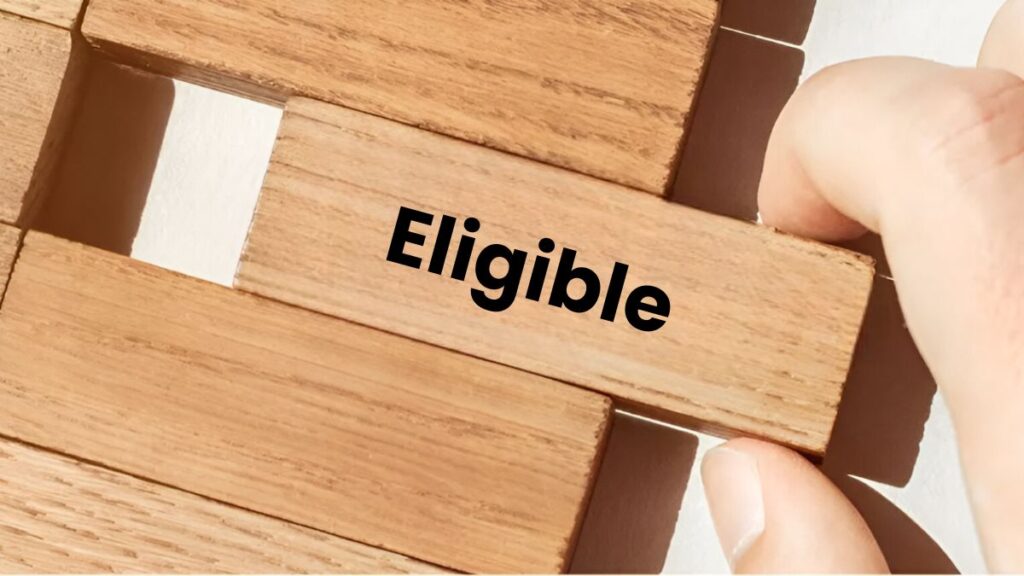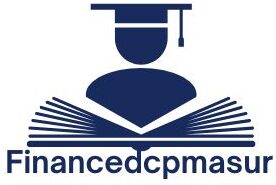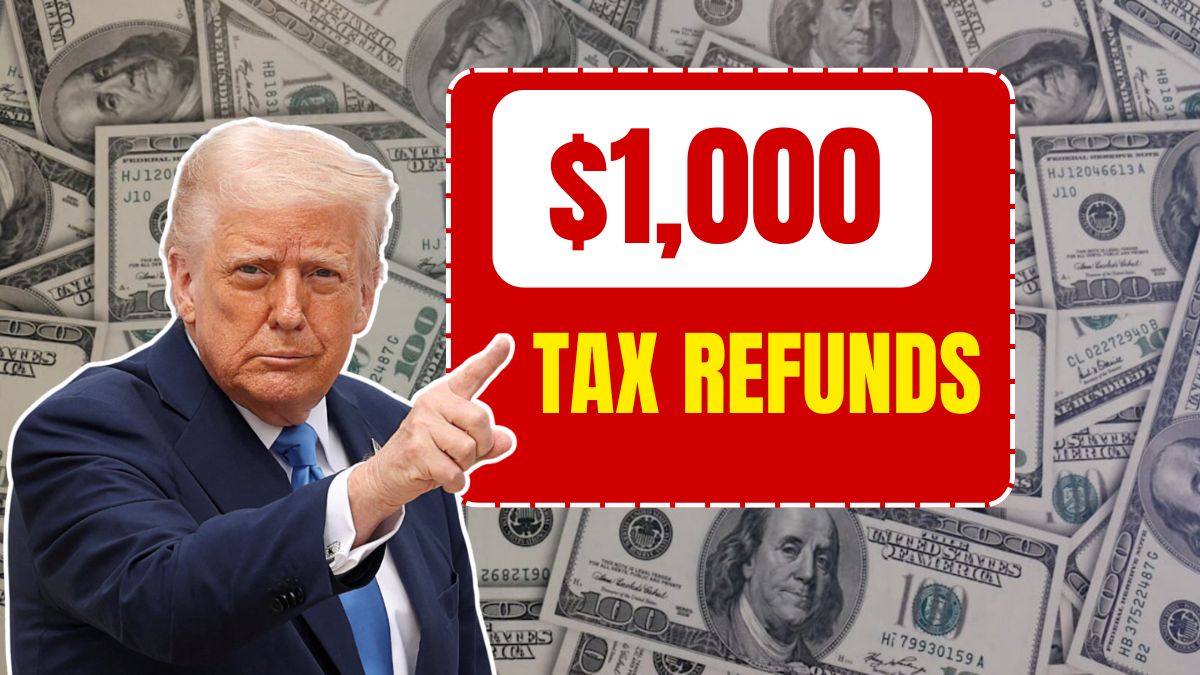Introduction: Opportunity for financial relief coming in Tax Refunds July Every year, millions of Americans file tax returns, but the summer of 2025 is bringing something special for them. This July, many eligible citizens can get a tax refund of $1,000 or more This can not only prove to be a relief for personal finances but also a good opportunity for families to balance their expenses.
Why is this tax refund being given?
The size of the refund is being influenced by some changes that apply to the tax year 2025:
- Such a scheme as Earned Income Tax Credit (EITC) can be found.
- Child Tax Credit (CTC) have been improved.
- In addition, the IRS has been running a backlog clearance campaign, processing pending refunds from older years.
- Also, some states are issuing additional refunds or stimulus-like payments in July as per their state tax policy.
Who can be eligible?
It is important to know who will get a tax refund of $1,000 or more. Eligibility depends on the following points:
- Low or middle-income filer: If your annual income is less than $60,000, and you have filed your tax return on time, then your chances of getting a refund are high.
- Child Tax Credit claimants: Families who have claimed CTC for one or more children can get a refund of more than $1,000.
- Earned Income Tax Credit eligible individuals: If you are eligible for EITC (especially low-income working individuals), your refund may increase.
- Over-withholding or extra tax payment: Many times, more tax is deducted from the salary of employed people than required. In such a situation, the extra amount is received as a refund after filing.
- Students and seniors: Some special categories such as students (with education credits) and senior citizens (with retirement contributions) may also be eligible for a refund.

How and when will this refund be received?
Payment schedule in July: The IRS has indicated that these refunds will be issued between July 15 and 31.
This payment will be made through direct deposit if you have provided bank information during e-filing.
Those who do not have direct deposit: The refund will be sent as a paper check, which can arrive in the mail within 2-3 weeks.
How to check IRS refund status?
If you have filed your tax return and want to know where your refund is, then this IRS website is helpful:
Here you have to enter your Social Security Number, filing status and estimated refund amount.
Who will not get this refund?

Not everyone is eligible for this refund. Some common reasons why people may miss out on this payment include:
- You haven’t filed your 2024 tax return yet
- You’ve filled in incorrect or incomplete information
- The IRS has found an error or verification issue in your file
- You didn’t provide direct deposit information and the check is being delivered late
- You owe back taxes that have been offset against the refund
Additional refunds from state governments
In addition, some states like California, New York, Texas, and Michigan are giving out separate state tax credits and refunds.
Many states have released additional funding under COVID-19 or inflation relief plans that are reaching people in July. So it’s important to check your state’s tax website for updates.
How to use a refund?
If you get this amount of $1,000 or more, it’s important to use it wisely. Some suggestions:
- Pay off credit card or personal loans: Get rid of your high-interest debt first.
- Build an emergency fund: Keep at least 3-6 months of expenses safe.
- Invest in retirement accounts: Get tax benefits by contributing to a Roth IRA or 401(k).
- Invest in your children’s education: A 529 plan can be a good option.
- Pay off existing bills or rent: Best option for immediate use.
Conclusion:
The tax refund of over 1000 dollars is not an ordinary sum, it might be a huge financial possibility of yours. Such refund can even become the basis helping you to better your financial position, fulfill the obligatory needs and ideas about the future. It is good that in this kind of situation you should keep all your documents ready in a proper and timely manner and then file the tax return within the prescribed time frame. Moreover, remind yourself to check the statuses of your refund on the regular basis on the official site of IRS in order not to receive a delay or a complication of any kind.
FAQs
Q1. Who is eligible for the $1,000 tax refund in July 2025?
A. Individuals and families who claimed refundable credits like the Earned Income Tax Credit (EITC) or Child Tax Credit (CTC) and filed their 2024 tax return on time may be eligible.
Q2. Why are these $1,000+ tax refunds being issued?
A. The IRS is sending out refunds based on overpaid taxes, expanded credit eligibility, and processing of delayed returns from earlier filings. Some state-level stimulus-style refunds may also be included.
Q3. When will the $1,000+ tax refunds be issued?
A. Most payments are expected to be released between July 15 and July 31, 2025, via direct deposit or mailed checks.
Q4. How can I check the status of my refund?
A. You can use the IRS’s “Where’s My Refund?” tool on irs.gov by entering your SSN, filing status, and refund amount.
Q5. What if I haven’t filed my 2024 tax return yet?
A. You must file your 2024 federal tax return to be eligible for any refund. If not filed yet, do so as soon as possible to avoid missing out.



